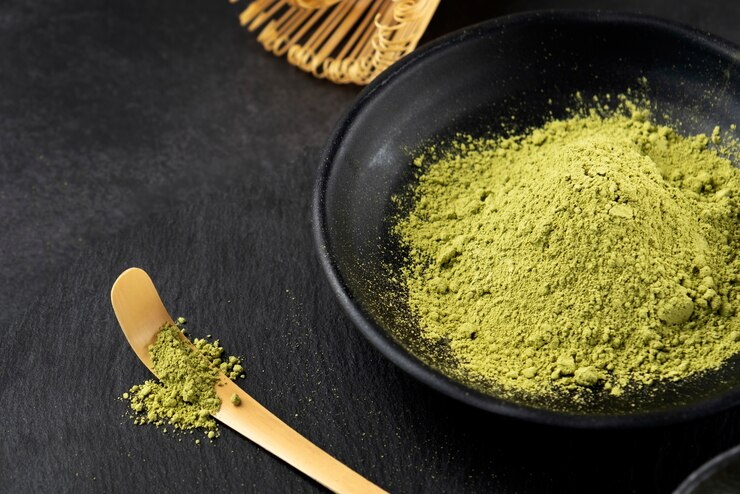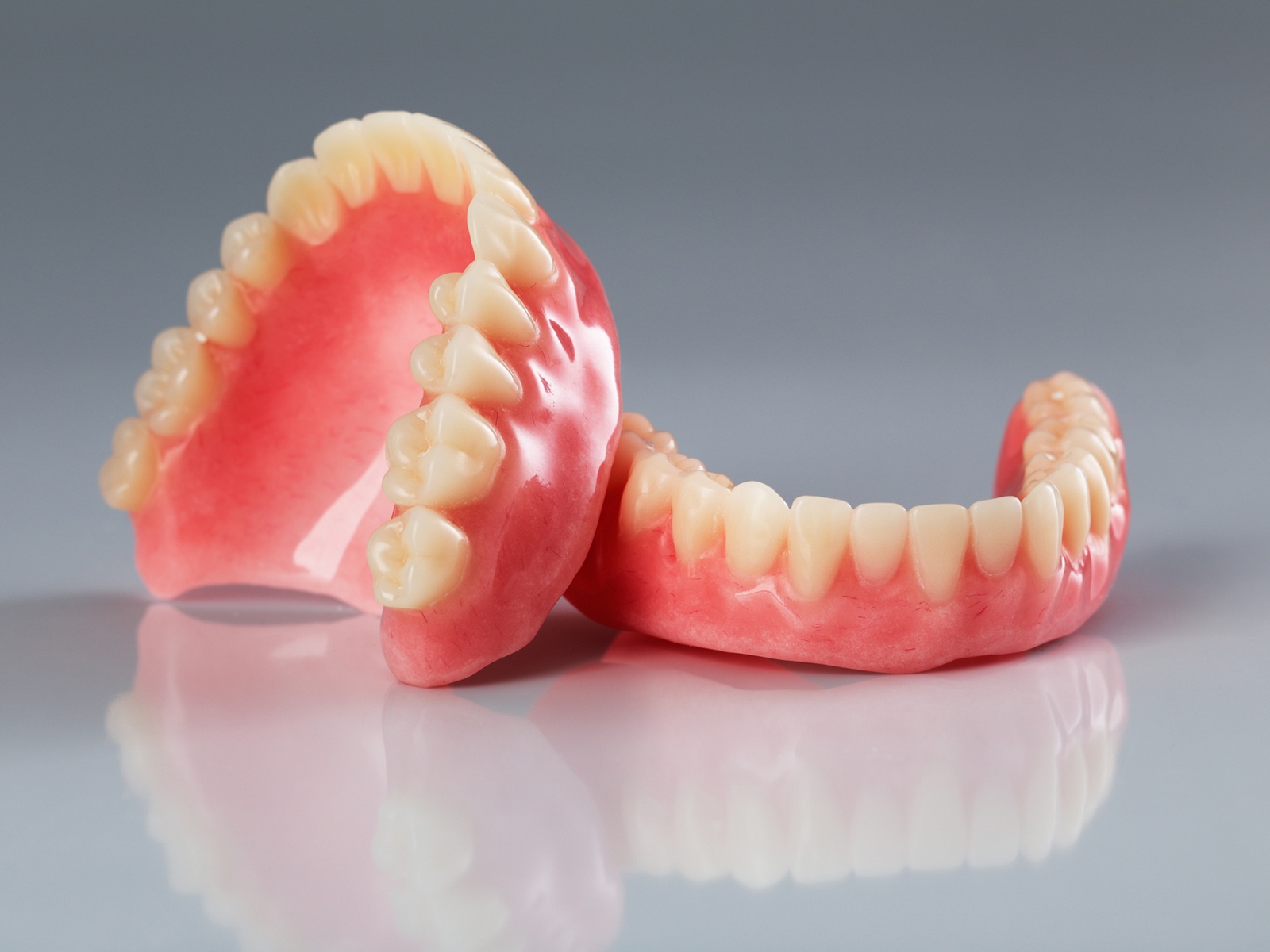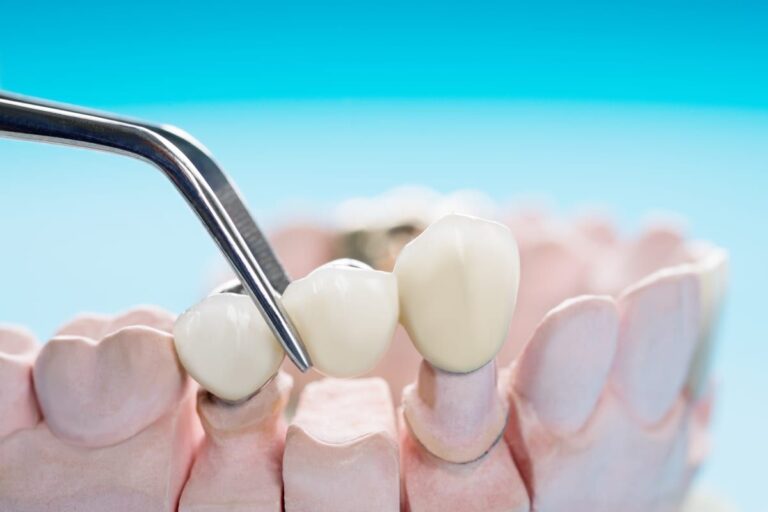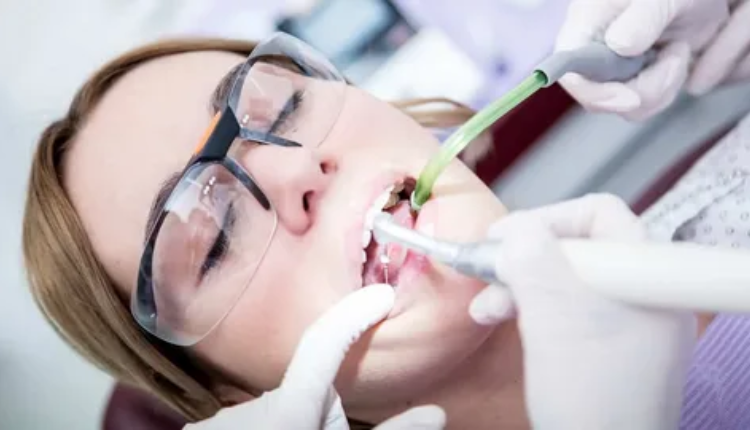Every person deserves access to adequate medical treatments without financial strain. The cost management process starts with proper research and planning. Medical insurance verification helps determine coverage options and payment plans available through different providers.
Cost factors that affect treatment prices
- Medical equipment maintenance requirements
- Duration of treatment sessions
- Number of sessions needed
- Medical staff expertise level
- Location-based operational expenses
- Modern technology implementation costs
- Regular system calibration needs
Finding affordable treatment options
Smart planning leads to substantial savings in medical expenses. Many medical facilities provide flexible payment plans spread across months. Direct communication with healthcare providers about financial concerns creates opportunities for customized payment arrangements.
Payment plans and financing
Financial advisors at medical centres guide patients through various payment methods. Some facilities partner with medical financing companies, offering zero-interest initial periods. Early payment discounts benefit patients who pay the complete amount upfront.
Insurance coverage possibilities
Medical insurance policies differ in their coverage terms. Detailed policy review identifies potential coverage for innovative treatments. Insurance providers need proper documentation proving medical necessity for coverage approval.
Ways to reduce out-of-pocket costs
- Schedule consultations during promotional periods
- Ask about package pricing for multiple sessions
- Check if the facility offers seasonal discounts
- Consider paying annually instead of per session
- Look into medical credit card options
- Request itemized cost breakdowns
Finding value in quality care
The Shockwave for ED Clinic Kansas City maintains high treatment standards and reasonable prices. Medical facilities focusing on patient care invest in advanced equipment and trained staff without excessive markups.
Comparing treatment packages
Price comparison between different treatment packages reveals potential savings. Package deals often include follow-up visits and maintenance sessions at reduced rates. Multi-session commitments typically cost less per treatment than individual appointments.
Financial planning strategies
Creating a dedicated medical expense fund helps manage treatment costs. Monthly savings explicitly allocated for medical needs prevent financial stress. Some employers offer health savings accounts, reducing taxable income while saving for medical expenses.
Making informed decisions
Knowledge about treatment processes helps in making cost-effective choices. Understanding the required number of sessions prevents unexpected expenses. Regular communication with healthcare providers ensures optimal treatment scheduling.
Regular assessment benefits
Periodic progress evaluations prevent unnecessary additional sessions. Tracking improvements helps determine the most effective treatment frequency. Documentation of results supports insurance claims when applicable.
Alternative payment methods
Medical credit cards often provide special financing terms. Some facilities accept health savings account payments. Flexible spending accounts offer tax advantages for medical expenses.
Price negotiation opportunities
Many facilities consider reasonable price negotiations. Volume discounts might apply for prepaid session packages. Special rates could be available for returning patients.
Maximizing treatment value
Each session builds upon previous treatment results. Following recommended treatment intervals optimizes effectiveness. Professional medical guidance ensures appropriate treatment progression.
Budget management tips
- Track all treatment-related expenses
- Keep detailed records of payments
- Monitor insurance claim status
- Review monthly medical spending
- Adjust payment plans as needed
Financial planning makes quality medical care accessible. Various payment options accommodate different budgetary needs. Professional medical facilities work with patients to create manageable payment solutions while maintaining high treatment standards.













